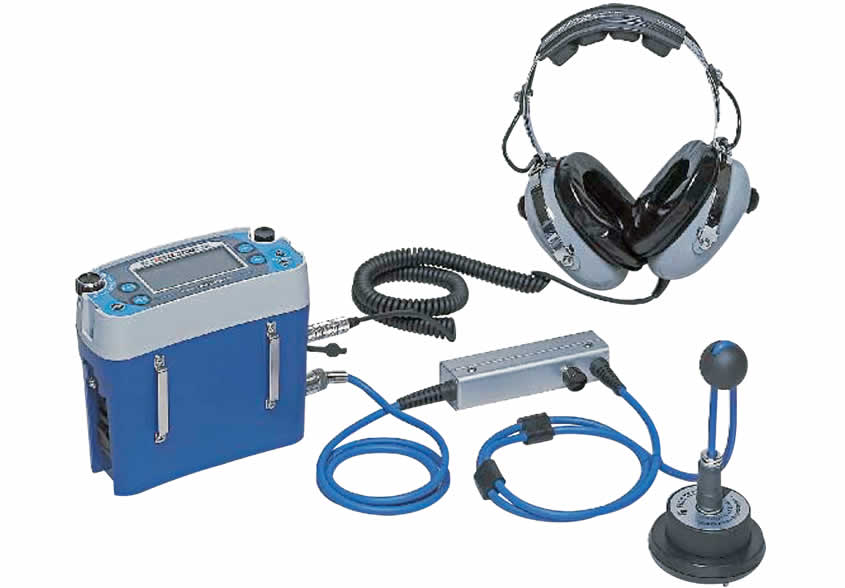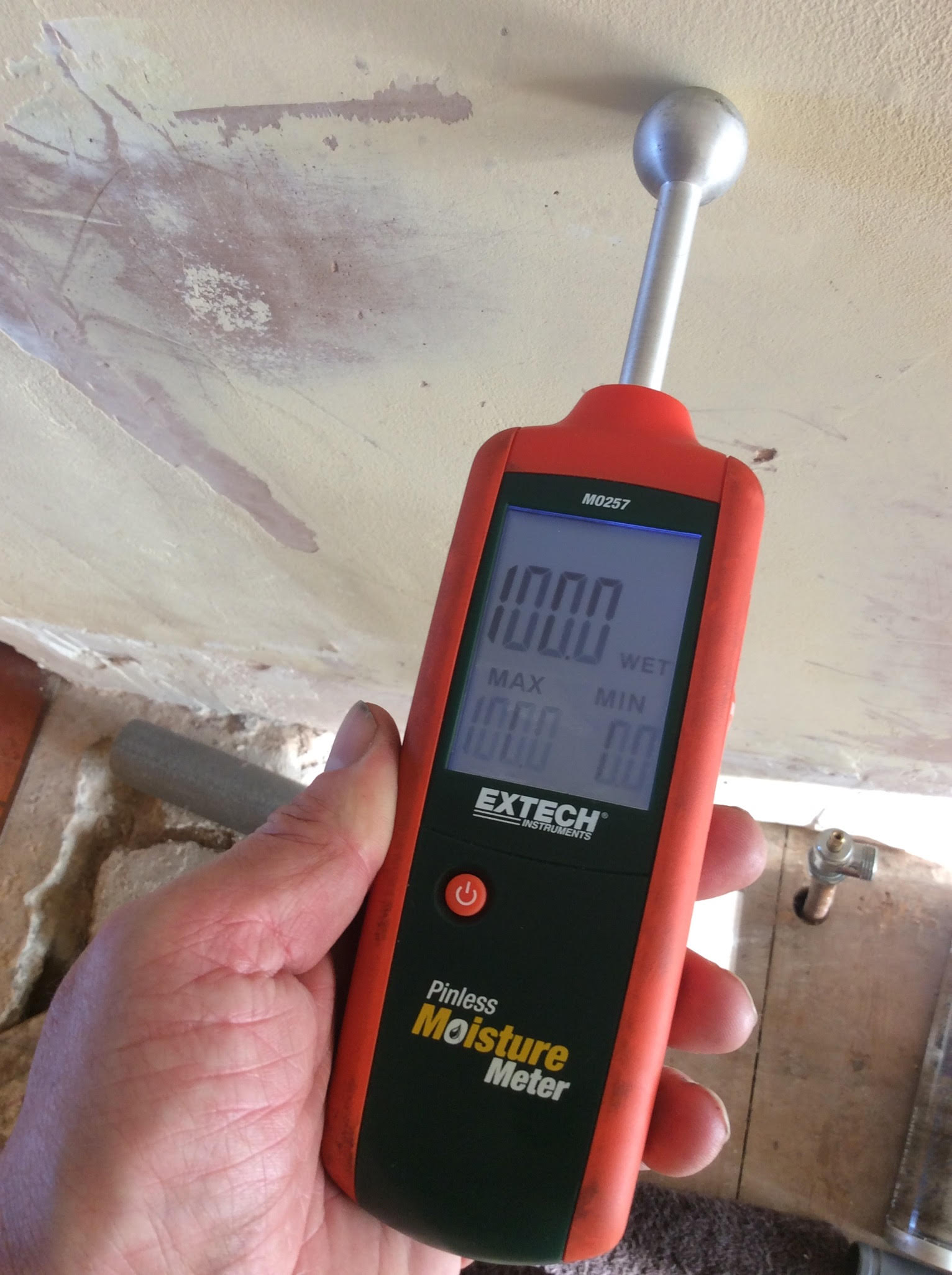Advanced Water Leak Detection Solutions for Your Home and Service
Advanced Water Leak Detection Solutions for Your Home and Service
Blog Article
Innovative Solutions for Very Early Discovery of Water Leaks in Buildings and Framework
From advanced leak discovery modern technologies to the implementation of IoT sensors for real-time surveillance, the landscape of leakage prevention is progressing swiftly. Automated water circulation analysis systems are improving just how leakages are determined and addressed, paving the means for a proactive method to water leakage detection.
Advanced Leakage Detection Technologies
Advanced leak discovery innovations, furnished with sophisticated sensing units and algorithms, play a critical role in swiftly determining and determining water leakages in numerous setups. These modern technologies employ a mix of acoustic, thermal, and electromagnetic noticing approaches to detect leakages precisely. Acoustic sensors identify the audio of getting away water, allowing for precise localization of the leak resource. Thermal imaging finds temperature adjustments triggered by water leakage, giving one more effective technique for leakage identification. Electromagnetic sensors can identify changes in magnetic fields created by water, using yet one more layer of leakage discovery capability.

IoT Sensors for Real-Time Tracking
In the realm of modern-day water leak discovery, the assimilation of IoT sensing units for real-time surveillance stands for a pivotal advancement in boosting proactive leakage detection capabilities. These sensors use continuous tracking of water systems, giving real-time data on water flow rates, pressure variants, and temperature level changes. By leveraging IoT modern technology, these sensors can spot also the smallest anomalies in water usage patterns, enabling very early identification of potential leaks prior to they intensify right into major concerns.
IoT sensing units transmit information to a central platform, where sophisticated formulas examine the info and generate informs or notifications when irregularities are identified. This real-time surveillance ability permits property proprietors or center managers to quickly deal with leaks, minimizing water damage, decreasing repair costs, and conserving water resources.
Moreover, IoT sensors can be integrated with structure administration systems, permitting automatic actions to spotted leakages, such as closing off water valves or turning on pumps to mitigate the effect of leaks. In general, the execution of IoT sensors for real-time surveillance dramatically boosts the effectiveness and effectiveness of water leak detection in structures and infrastructure.
Artificial Intelligence Algorithms for Leakage Prediction

One key advantage of making use of artificial intelligence for leak forecast is its ability to continually learn and boost its precision with time. As more data is collected and fed into the formula, it can improve its predictions and adapt to changing problems, eventually boosting Web Site the reliability of leakage discovery systems.
Additionally, artificial intelligence formulas can assist in determining subtle indications of leaks that might go unnoticed by conventional tracking methods. water leak detection. By evaluating complex data sets in real-time, these algorithms can supply early cautions and informs, allowing for timely treatment and preventative upkeep to alleviate prospective water damages and linked prices
Using Thermal Imaging for Leak Discovery
Thermal imaging modern technology uses an encouraging strategy for detecting water leakages in different systems and infrastructures. By making use of infrared radiation and temperature variances, thermal imaging electronic cameras can determine hidden leakages that are not conveniently visible to the naked eye. When water escapes from pipes or frameworks, it usually changes the temperature of the surrounding location, creating temperature differentials that thermal electronic cameras can catch. These temperature abnormalities are after that translated into noticeable photos, highlighting the exact place look here of the leakage.
Among the key advantages of thermal imaging for leak detection is its non-intrusive nature. Unlike conventional techniques that might need getting into wall surfaces or floorings to find leakages, thermal imaging permits for non-destructive testing. This not only conserves time and reduces costs however also minimizes disturbance to the building or framework being assessed. In addition, thermal imaging can swiftly scan big locations, giving a thorough introduction of potential leak resources in a timely manner. Overall, using thermal imaging technology improves the effectiveness and precision of water leak discovery, making it a beneficial device for preserving the honesty of structures and infrastructures.
Automated Water Circulation Analysis Equipments
Exactly how can automatic water flow analysis systems revolutionize the detection and monitoring of leakages in various systems and facilities? Automated water flow look at these guys analysis systems use a proactive method to leakage discovery by constantly checking water flow rates and patterns. By establishing baseline information, these systems can promptly identify inconsistencies that might suggest a leakage, enabling punctual treatment to avoid substantial damages.
These systems utilize innovative formulas to examine real-time information and give instant informs when anomalies are discovered, permitting swift activity to be taken. In addition, automatic water circulation analysis systems can be incorporated with building management systems or IoT systems, enhancing overall performance and allowing remote tracking capabilities.
Moreover, the information accumulated by these systems can be utilized for anticipating maintenance objectives, aiding to determine prospective powerlessness in the framework prior to leakages occur. On the whole, the application of computerized water flow analysis systems can considerably enhance leak discovery and administration practices, inevitably leading to cost financial savings, minimized water waste, and enhanced sustainability in buildings and facilities.

Final Thought
In final thought, the integration of sophisticated leakage detection innovations, IoT sensors, artificial intelligence algorithms, thermal imaging, and automated water circulation evaluation systems provides innovative services for early detection of water leaks in structures and infrastructure. These technologies allow real-time surveillance, prediction of leakages, and effective discovery techniques to stop water damage and wastefulness. Implementing these solutions can aid in maintaining the stability and sustainability of water systems in numerous setups.
Report this page